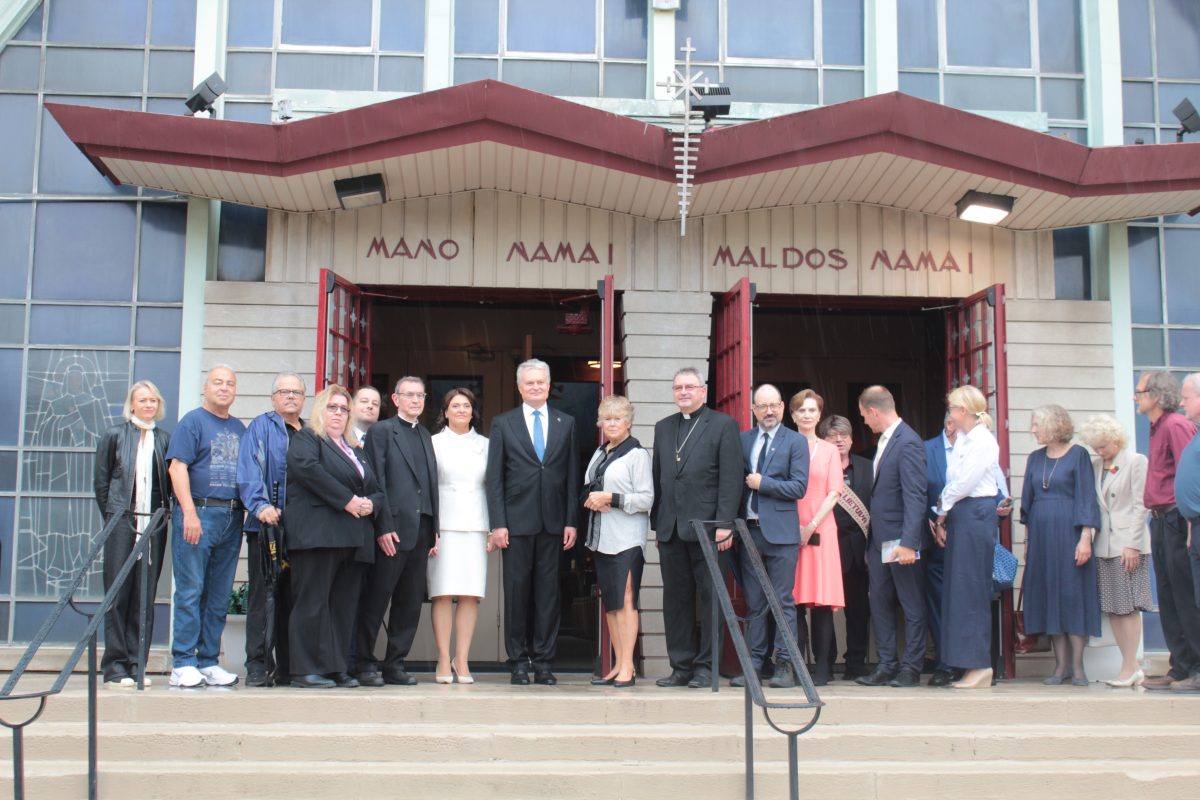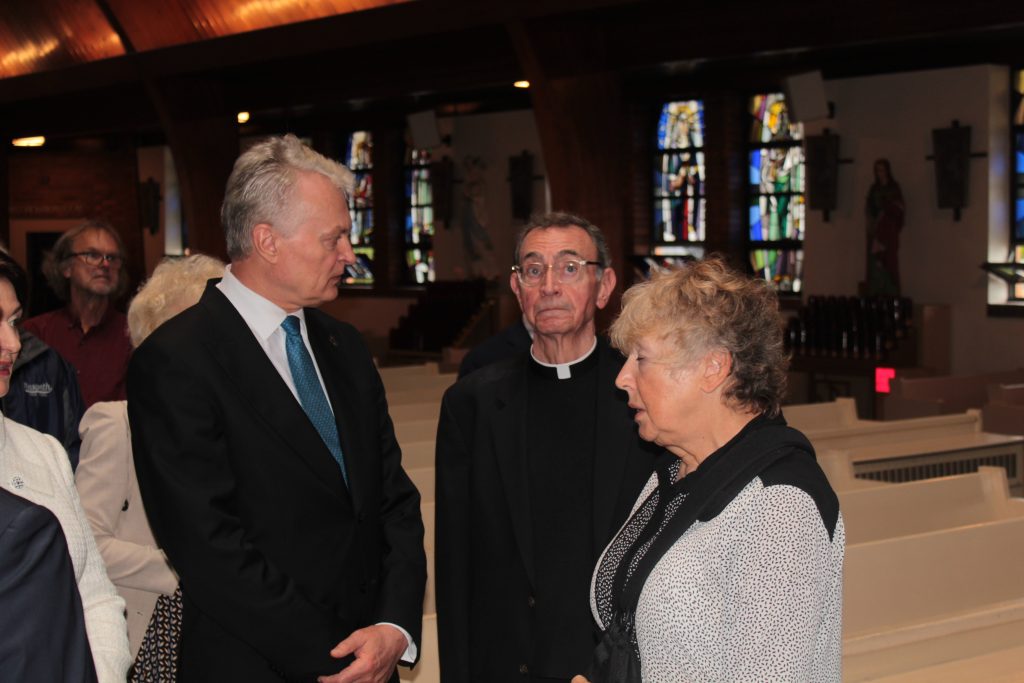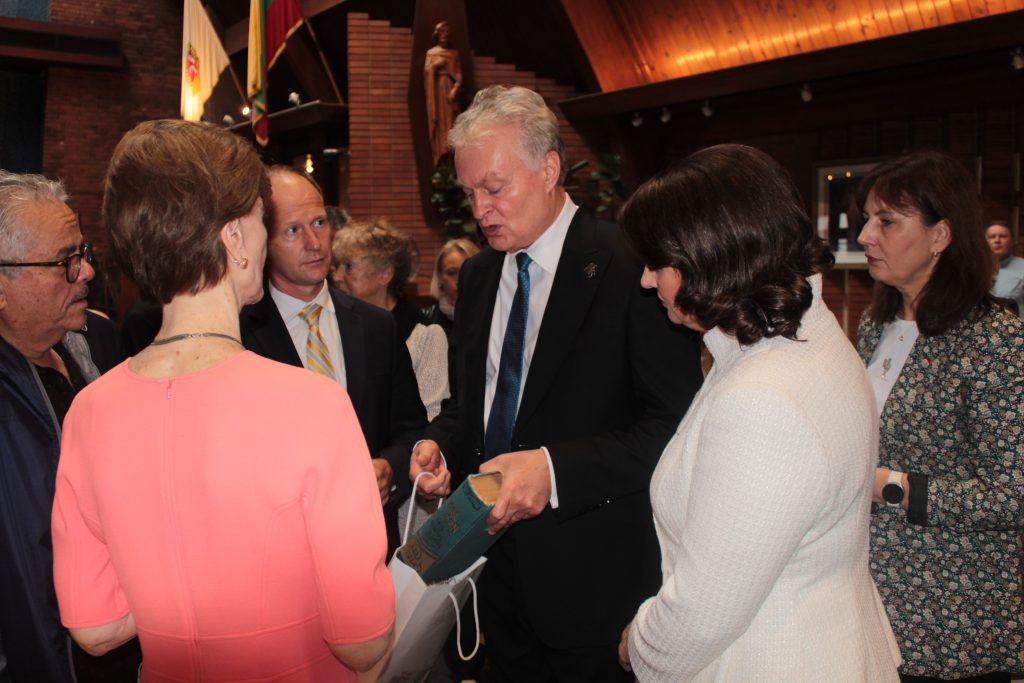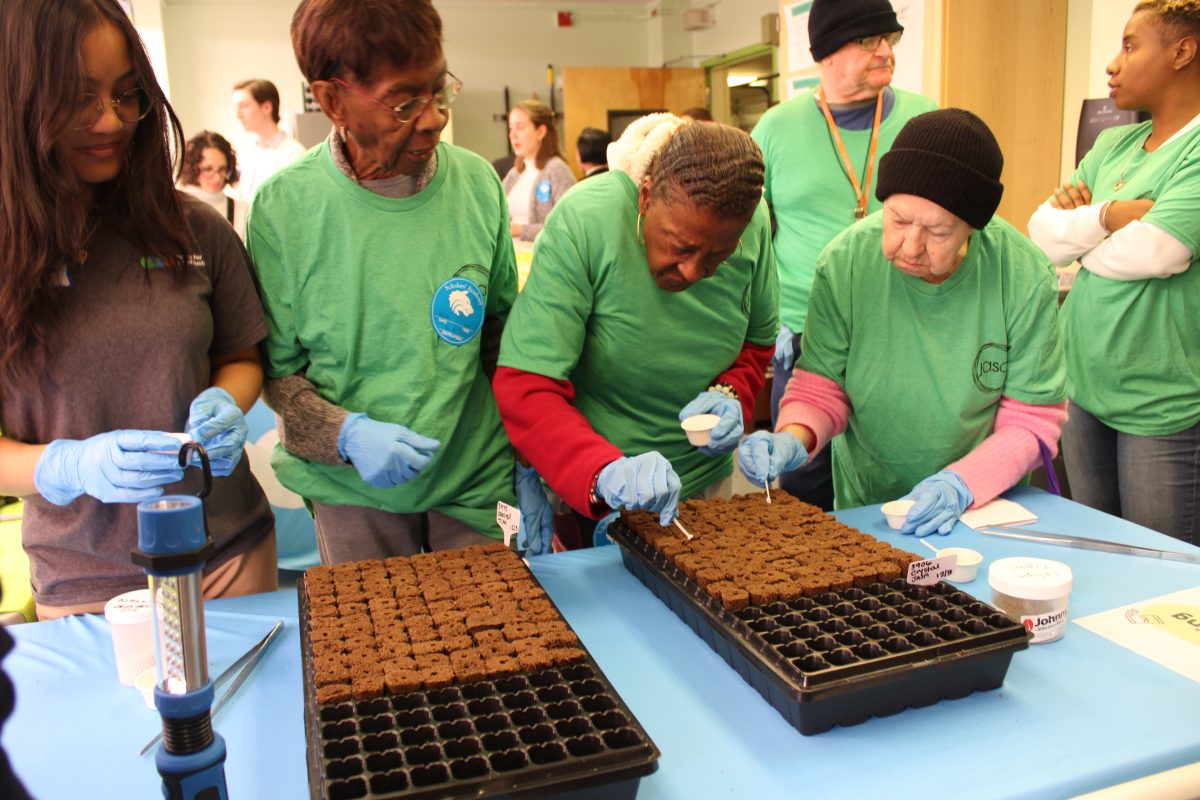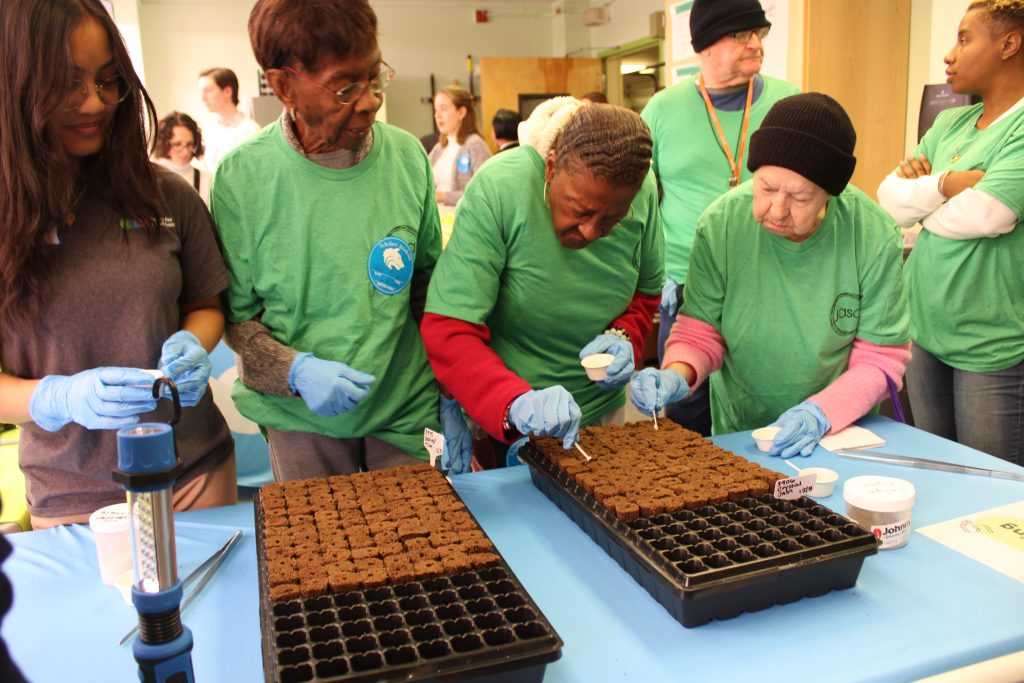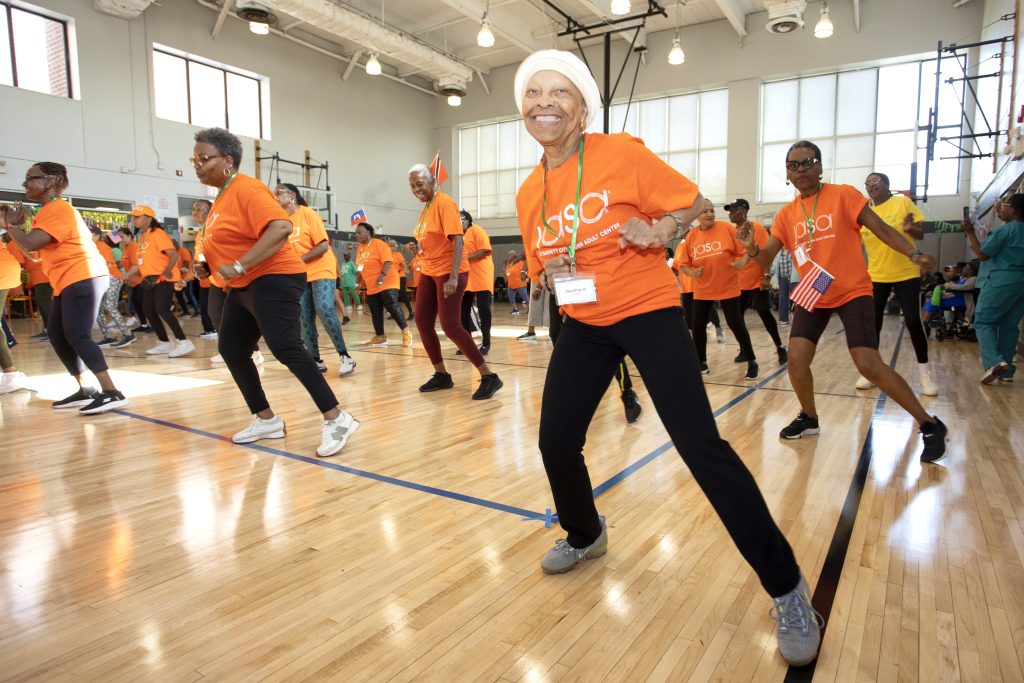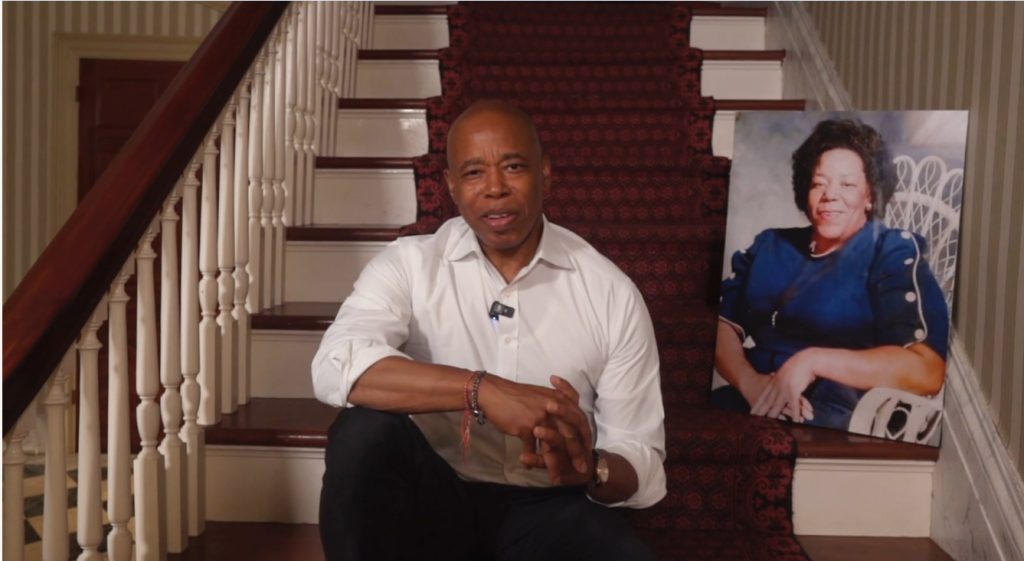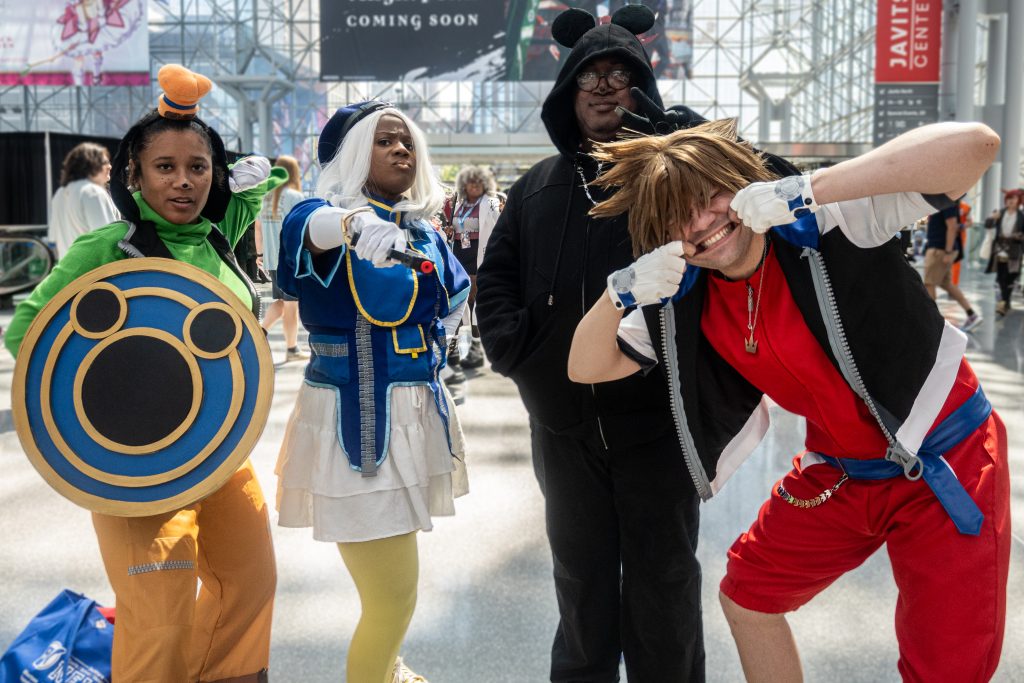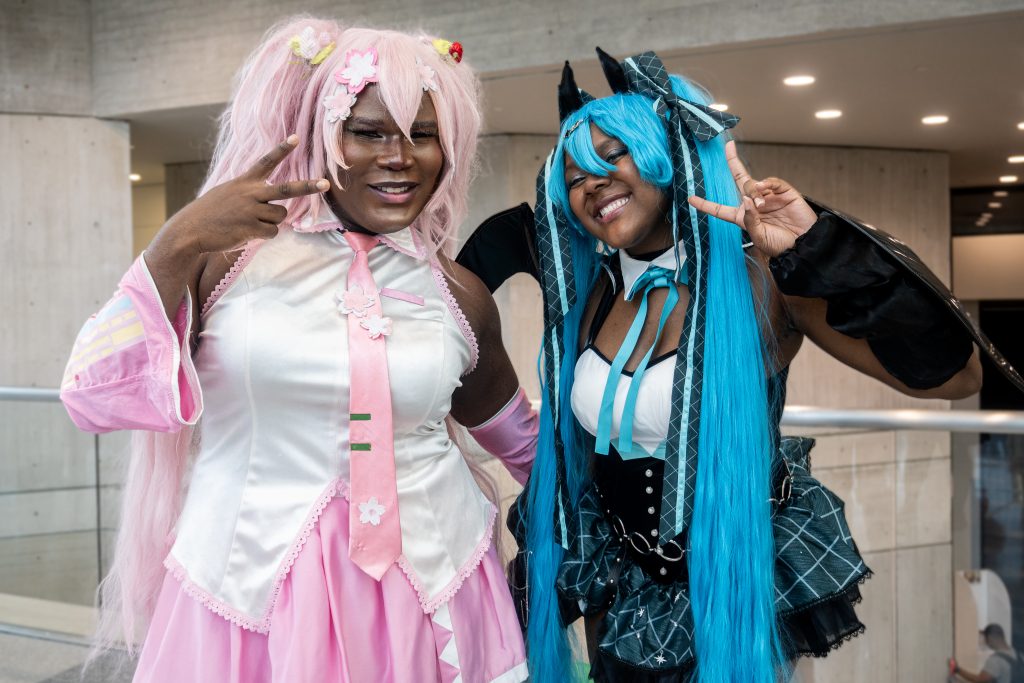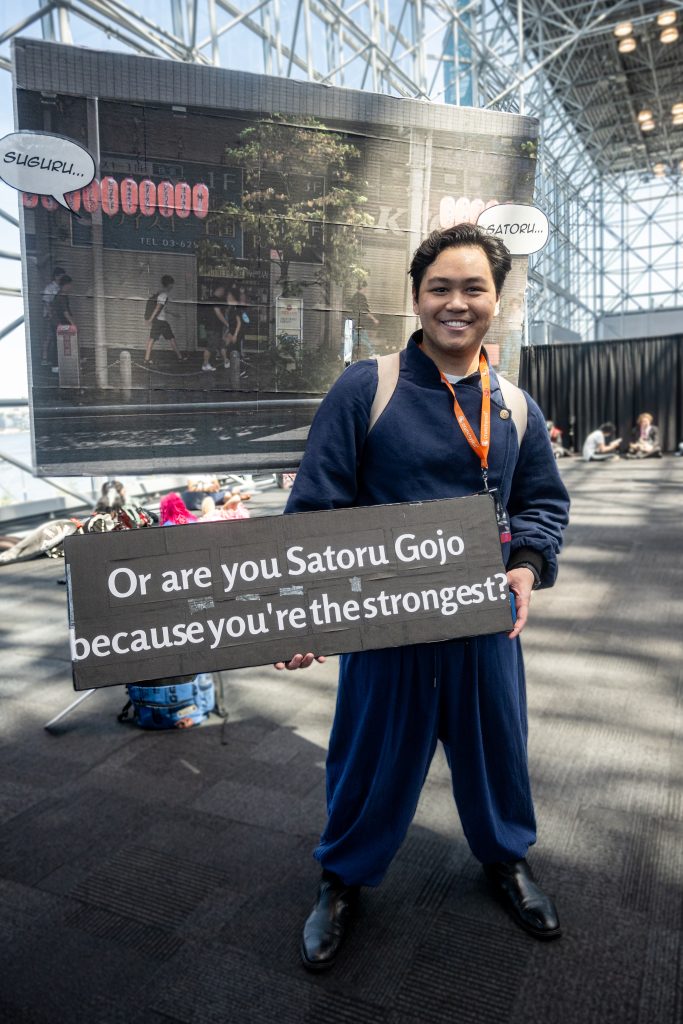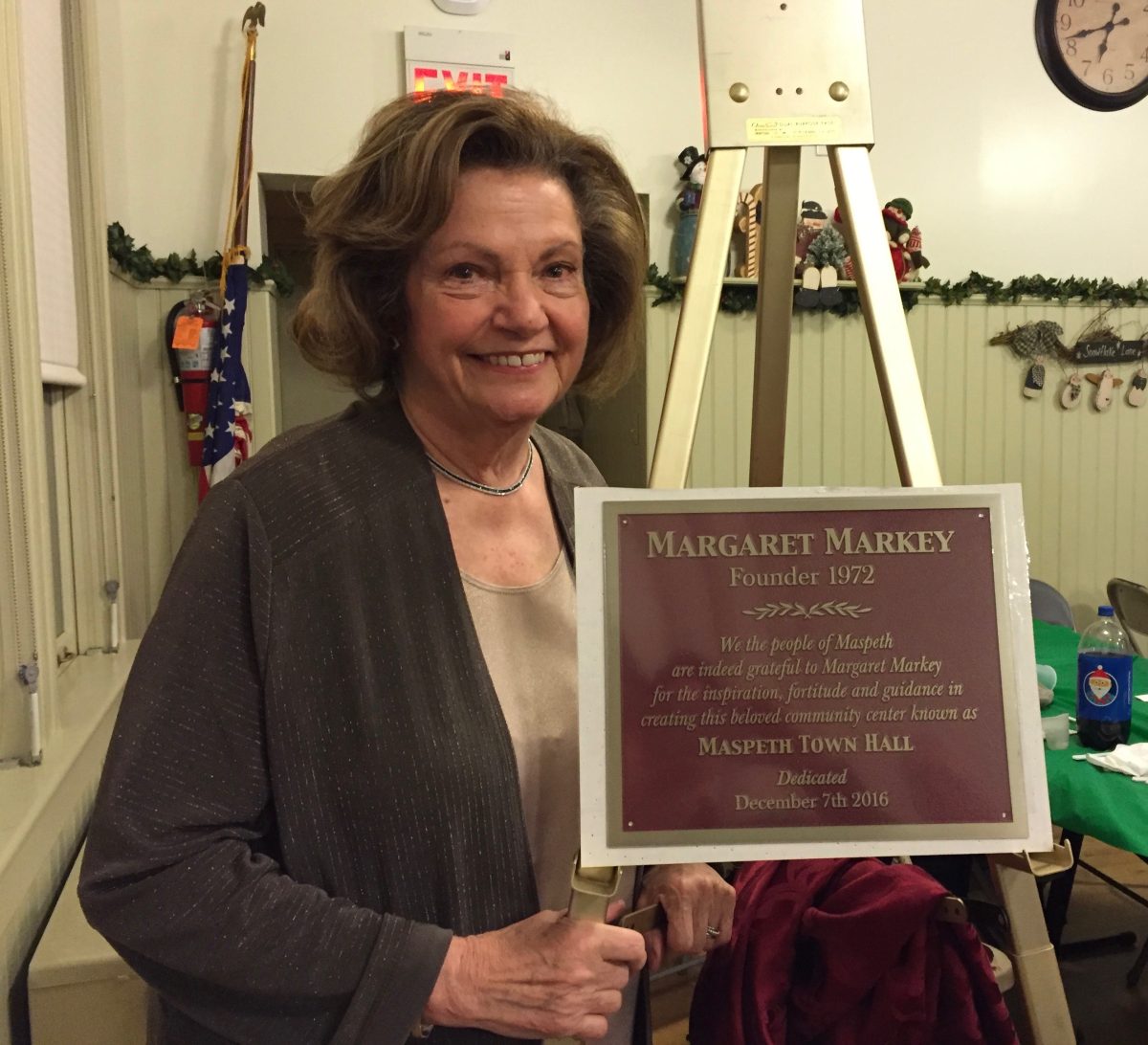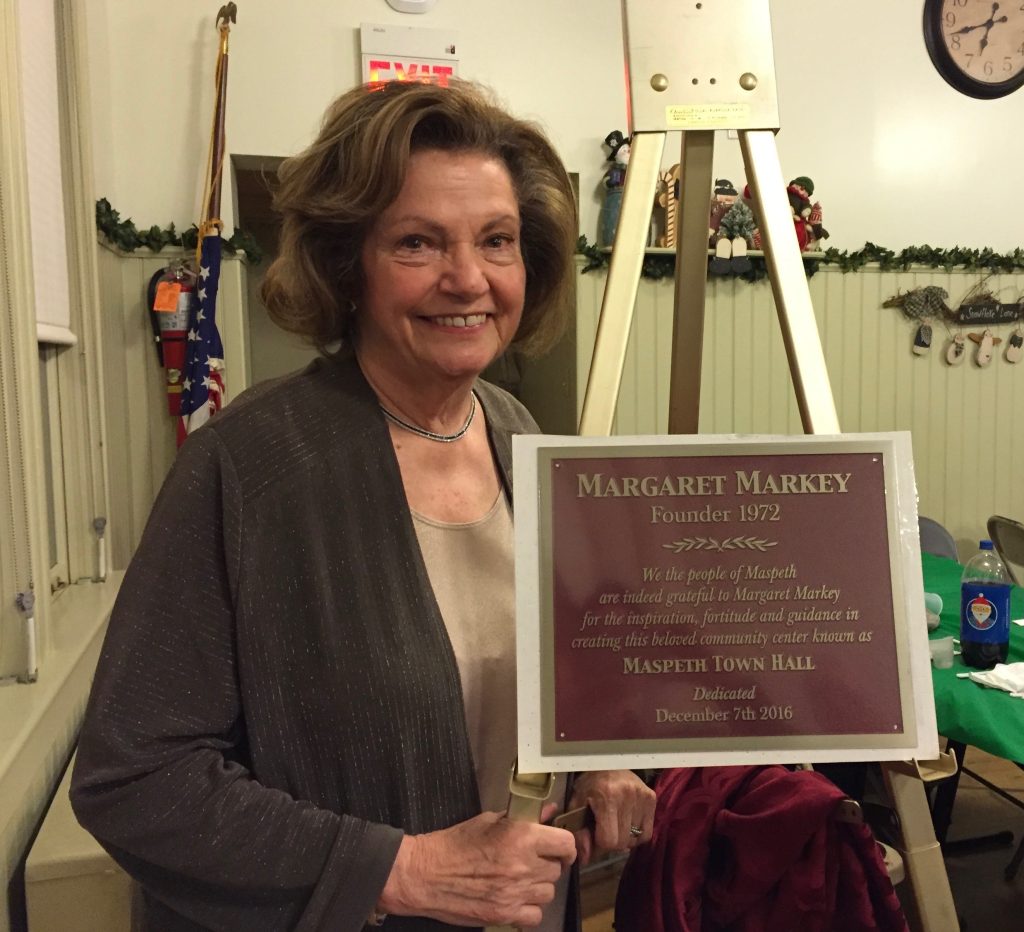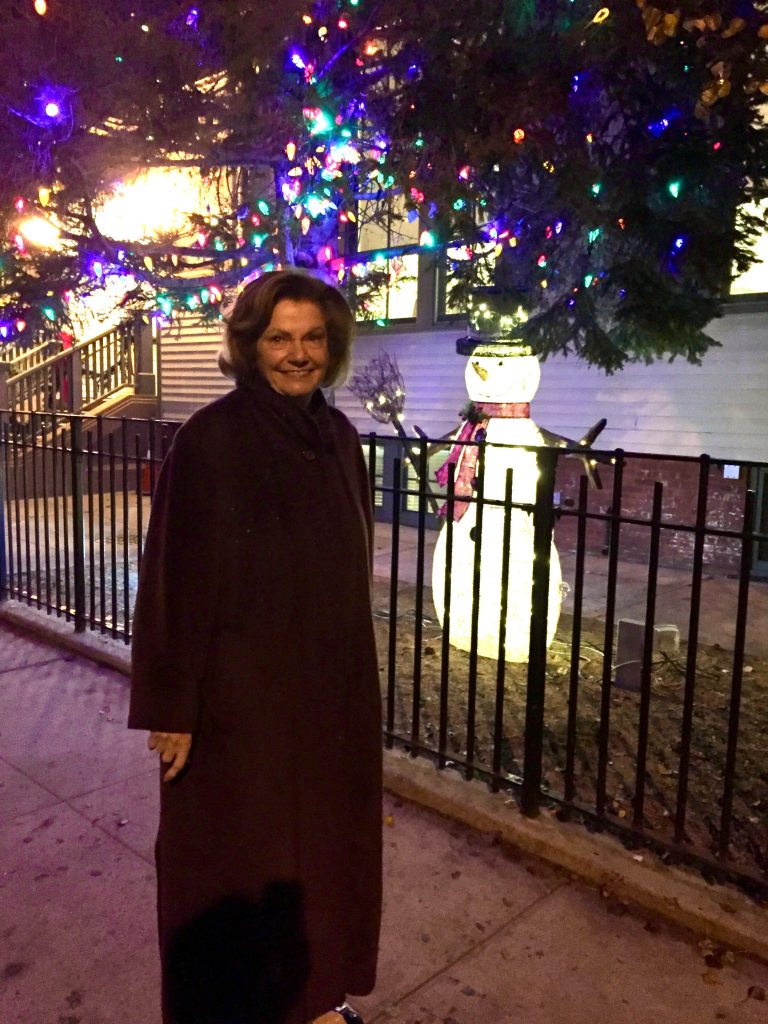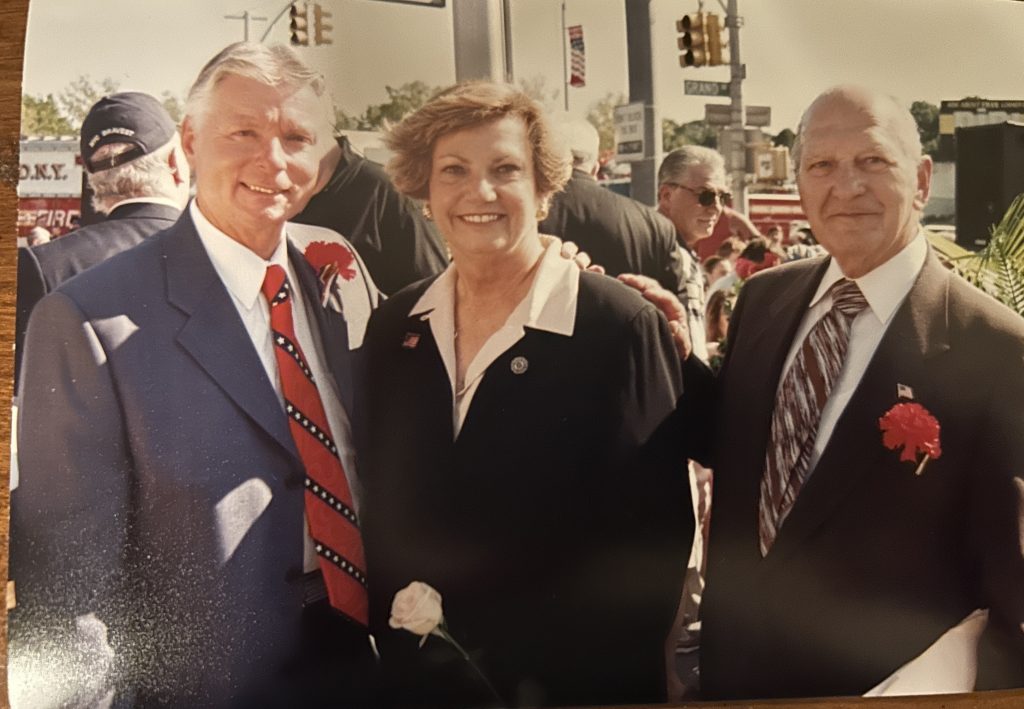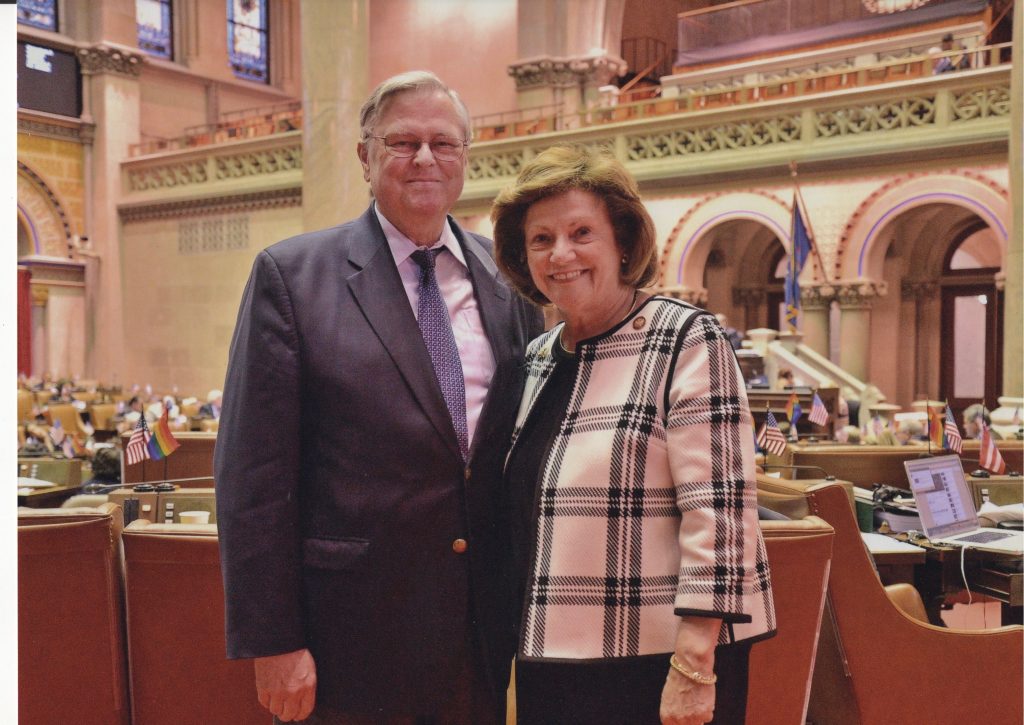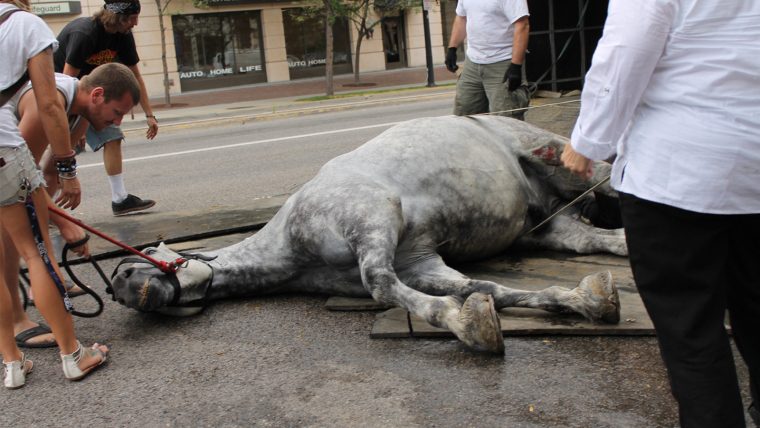How to Drive More Sales from Social Media Campaigns in 2026

Social media advertising has changed dramatically in 2026. Platforms update their algorithms faster, users expect personalized content, and brands compete for the same moments of attention. Yet the opportunity has never been bigger. Social media is now one of the main revenue drivers for businesses of all sizes because it allows you to reach people who are ready to take action. To succeed, you need a strategy that combines precision, great creative work, and constant improvement. When you align these elements, your campaigns can turn simple engagement into real sales.
Sales-focused campaigns
The foundation of strong sales-focused campaigns in 2026 starts with targeting. Social platforms are smarter at identifying user behavior, interests, and purchase intent. This means brands can reach very specific groups who are more likely to buy. Instead of promoting your product to everyone, you can show your ads to people who have demonstrated interest in your niche. Lookalike audiences help expand your reach while maintaining quality. Retargeting allows you to reconnect with users who already visited your website or interacted with your content. When you build your audience with intention, you reduce wasted budget and increase your chances of conversion.
The next essential step is creating conversion-focused content. In 2026, attention spans are shorter, while expectations for quality are higher. Short videos, clean visuals, and simple messages perform best. Your creative has to answer one question: why should the viewer take action right now? This is where strong call-to-action phrases and value-driven messages matter. You want your visuals to capture attention instantly and then guide the user toward a decision. When your content feels like it was made for your audience’s needs, your campaigns naturally perform better. Every piece of creative should support the larger goal of building a social media presence that actually grows, especially when paired with trusted tools such as social media presence that actually grows, which helps brands strengthen their visibility and credibility.
The middle point between content and targeting is where optimization comes in. No campaign can succeed in 2026 without consistent testing and real-time adjustments. Modern advertising dashboards provide live insights on which audiences respond best, what creative formats generate the highest click through rates, and what time of day your ads convert most effectively. Businesses that treat campaigns like experiments always outperform those that publish ads and hope for the best. Even small optimizations can improve sales performance. Changing a headline, refining the audience, or switching to a different video format can produce measurable improvements in return on ad spend.
AI Trends to follow
Another important trend in 2026 is the rise of AI powered insights. These tools allow advertisers to predict which audiences are most likely to take action, which creative will perform well, and where budget should be redistributed. While human creativity is still the core of great marketing, AI gives brands a competitive advantage. It removes guesswork and reveals patterns that are difficult to see manually. When businesses use data correctly, they boost sales and reduce unnecessary spending.
The last step is consistency. Social media sales grow when your brand shows up regularly, not occasionally. Campaigns must be aligned with a long term vision instead of short bursts of activity. The more often your audience interacts with your brand, the more trust you build. Trust then becomes sales. When you post consistently, test continuously, and optimize deliberately, your campaigns transform from simple ads into profit generating systems.

